Swiss chocolate and the invention of a national identity
Hardly any product represents Switzerland internationally as much as chocolate. The image of green Alps, happy cows and technical innovation serves as a symbol of quality and purity - and yet it is a carefully constructed narrative. So what is really behind the term “Swiss chocolate”? How much of Switzerland is actually contained in the famous chocolate?
Let's start with current events: At the beginning of July 2025, the Seco for Switzerland, together with the other EFTA states[1], finalized the Mercosur deal[2] - a free trade agreement from which the Swiss chocolate industry is expected to benefit significantly. This paves the way for the duty-free import of the so-called national success story “Swiss chocolate” to Brazil, Argentina, Uruguay, Paraguay and Bolivia. A slap in the face for the local chocolate sector in Brazil, one of the few countries that uses its own cocoa for its own chocolate and cocoa processing.
First contradictions
Anyone who starts to think beyond the usual narrative of chocolate quickly encounters contradictions. These become even more frequent when the word “Swiss” is placed in front of the chocolate. After all, the main ingredient, cocoa, does not grow in Switzerland - not even nearby. Pondering the origin of the word “chocolate” also raises eyebrows; after all, it originally comes from the Spanish “chocolate”, which in turn probably goes back to the Nahuatl word “xocolatl[3]”. So chocolate originally became a star not in Switzerland, but in Mexico - as early as 3000 years ago through the Olmec culture. The oldest traces of cocoa as a cultural asset are even older at 5000 years and were discovered in the upper Amazon region on the present-day border between Ecuador and Peru. Cocoa has been used in South and Mesoamerica for so many years as a drink, in ceremonies, as a means of payment, in medicine and as chocolate.
What about the national success story?
With these conclusive arguments in mind, I read the AI's answer to my question of whether Swiss chocolate actually counts as a national success story, which is clear and unambiguous: “Yes, it can rightly be said that Swiss chocolate is a national success story.” The machine then rattles off the usual “evidence” without being asked and explains how the pioneering achievements and innovations of Swiss chocolatiers such as François-Louis Cailler, Philippe Suchard, Rodolphe Lindt and Henri Nestlé with Daniel Peter's groundbreaking inventions shaped the global chocolate industry - including mechanized chocolate production, the conching process and the invention of milk chocolate. What the AI interestingly does not mention is the clever marketing strategy that the gentlemen pursued, in particular Theodor Tobler, who invested large sums in advertising for his Toblerone as early as the 1920s.
The invention of the myth: Chocolate as Swiss identity
Two advertising strategies in particular shaped the cliché of Switzerland as a chocolate country: Exotic motifs symbolizing the origin of cocoa, but which often showed racist and sexist clichés, mostly about an imagined Africa. Over the years, the motif of mountain peaks and dairy cows staged as an idyllic Alpine country gained the upper hand - with folkloristic imagery for a sense of home. This had a calming effect in the face of industrialization and urbanization and forms a parallel to the promotion of popular customs and Alpine tourism. In this way, chocolate became a local product that has since served to create a national identity.
200 years vs 5000 years
In terms of age, the Swiss chocolate tradition is considerably inferior to that of Latin America. Perhaps it is because of this millennia-old age difference that the Swiss chocolate industry, together with Chocosuisse, shaped the narrative of Swiss chocolate as a national success story for over a century, completely ignoring the interconnectedness of the world: Namely, that Swiss chocolate is based on the appropriation and further development of a cultural heritage from Central America and on trade and economic systems that include colonial and post-colonial dependencies.
No chocolate without slaves
A look back shows that the success story of Swiss chocolate is inextricably linked to the history of colonialism and the transatlantic slave trade - although Switzerland never owned its own colonies. However, Swiss merchants were very involved in the cocoa trade, were also directly and indirectly involved in the slave trade, financed expeditions, operated plantations and profited from the exploitation of enslaved people in the Caribbean and South America. Swiss traders such as Cailler also sourced cocoa for chocolate production from plantations where slaves worked in Venezuela and Brazil. As more and more people consumed chocolate in the 19th century, the demand for cocoa increased. Slavery was the only way for producers in the colonies to meet this demand[4]. The profits from these businesses flowed into the development of banks, insurance companies and industries in Switzerland - including the chocolate industry. Even today, the cocoa trade is largely in Swiss hands: On the one hand, the headquarters of Barry Callebaut and Ecom Trading, two of the six largest cocoa traders in the world, are located in Switzerland, and on the other hand, a conservatively estimated 30 percent of global cocoa trading[5] is handled via Switzerland. The fact that Ghana is still Switzerland's most important partner for cocoa trading dates back to 1859, when the Basel Mission founded the Basel Trading Company and in 1893 shipped cocoa from the then British colony of the Gold Coast to Europe for the first time. This made it a key player in the development of the cocoa trade in West Africa. The cartel structures shaped by the Basel Trading Company were taken over and nationalized by Cocobod after Ghana's independence.
What does “Swiss Chocolate” mean?
Let's go back to the present. “Swiss chocolate” is a protected designation of origin for chocolate that is made in Switzerland. Since 2017, the so-called “Swissness” legislation regulates when a product can be considered “Swiss”. The following applies to food: At least 80 percent of the raw material weight must come from Switzerland, and even 100 percent for dairy products. Fearing for its reputation and fame, the Swiss chocolate industry has campaigned strongly and successfully for an exception, as cocoa cannot be grown in Switzerland. The chocolate industry has stipulated that the “essential processing step” - i.e. the actual production of the chocolate - must take place in Switzerland.
How Swissness becomes swissless
A bar of “Swiss chocolate” can legally consist of 100 percent imported raw materials as long as it is processed in Switzerland. The “Swissness” label is therefore primarily a marketing tool that uses Switzerland's image as a guarantee of quality. On the one hand, this reinforces the current practice of generating added value in Switzerland and continuing to keep cocoa-producing countries as raw material producers. On the other hand, it reinforces the narrative that it is Switzerland that produces quality chocolate - not a cocoa-producing country.
Conclusion: Time for honest chocolate?
Without a critical examination of the violent past and the exploitation of asymmetrical power relations for economic gain, a healthy relationship is difficult in current times and for the future. The one-sided narrative of Swiss chocolate enriches Switzerland even more instead of sharing the added value.
The history of Swiss chocolate is a history of innovation, but also of repression and exploitation. The national identity that surrounds chocolate is a myth that ignores colonial realities and global inequalities. Anyone who buys traditional “Swiss chocolate” today is consuming a product that was perfected in Switzerland, but produced on the backs of cocoa farming families in the Global South. A critical examination of this myth is long overdue - not only from a historical, but also from an ethical perspective.
[1] EFTA countries: Iceland, Liechtenstein, Norway and Switzerland
[2] Mercosur countries: Brazil, Uruguay, Paraguay, Argentina, Bolivia
[3] The word originally referred to a drink made from cocoa, water and spices - i.e. what we know today as “cocoa drink” or “hot chocolate”. Nahuatl is the language of the Aztecs. However, the origin of the word “chocolate” has not been definitively clarified. What is certain is that the origin lies in the indigenous languages of Central America, but the exact composition remains disputed.
[4] https://www.publiceye.ch/de/tag/schokolade
[5] Transit trade
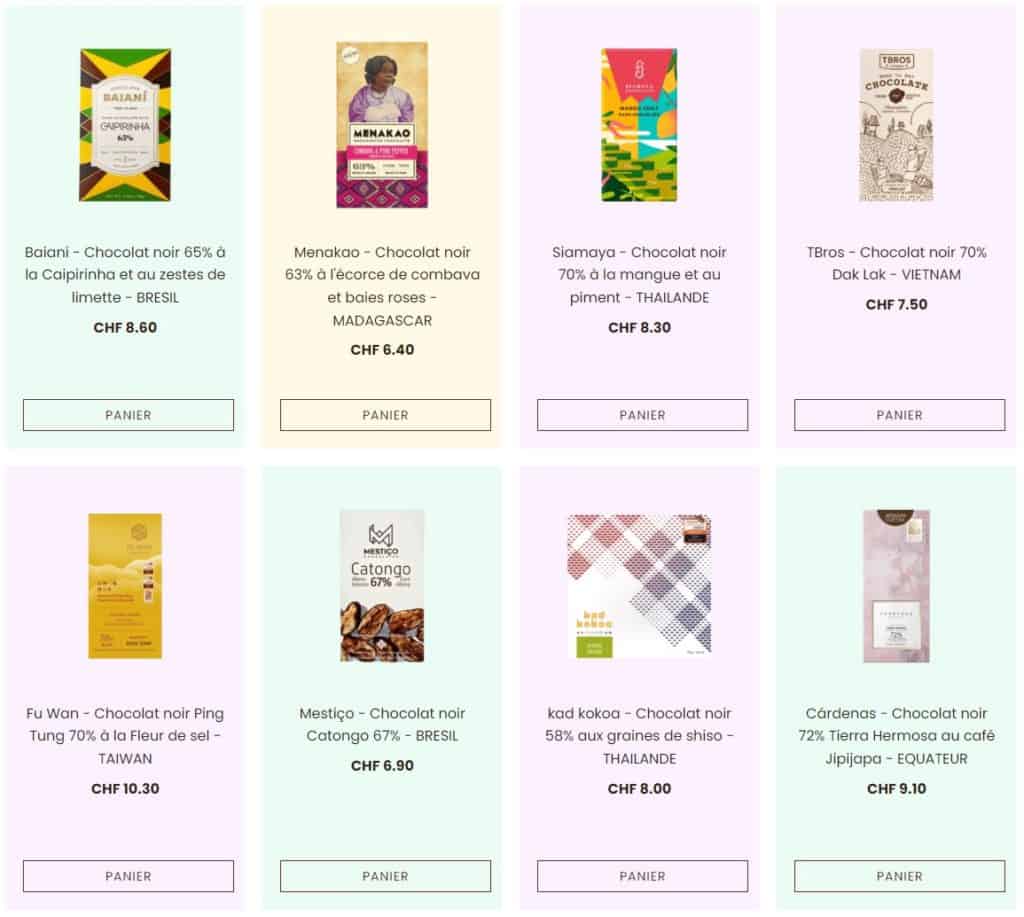 At
At 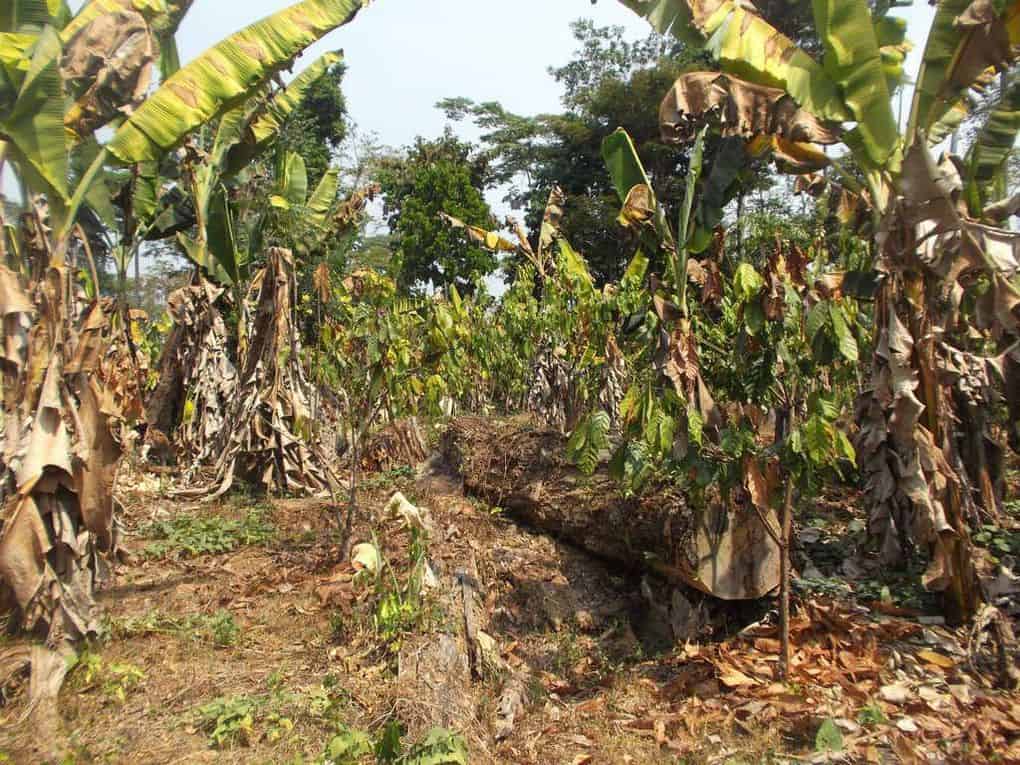 If we look more closely at the effects of these extreme temperatures, we see a pattern emerge that is always the same: the tops of the cocoa trees dry out, burnt by the sun, the trees no longer grow normally, they blossom at times that are difficult to predict and therefore yield much less (either before or after the usual harvest season). Given that the fruit (pods) should mature during the wet season, they often rot on the trees and new diseases deform those that survive.
If we look more closely at the effects of these extreme temperatures, we see a pattern emerge that is always the same: the tops of the cocoa trees dry out, burnt by the sun, the trees no longer grow normally, they blossom at times that are difficult to predict and therefore yield much less (either before or after the usual harvest season). Given that the fruit (pods) should mature during the wet season, they often rot on the trees and new diseases deform those that survive.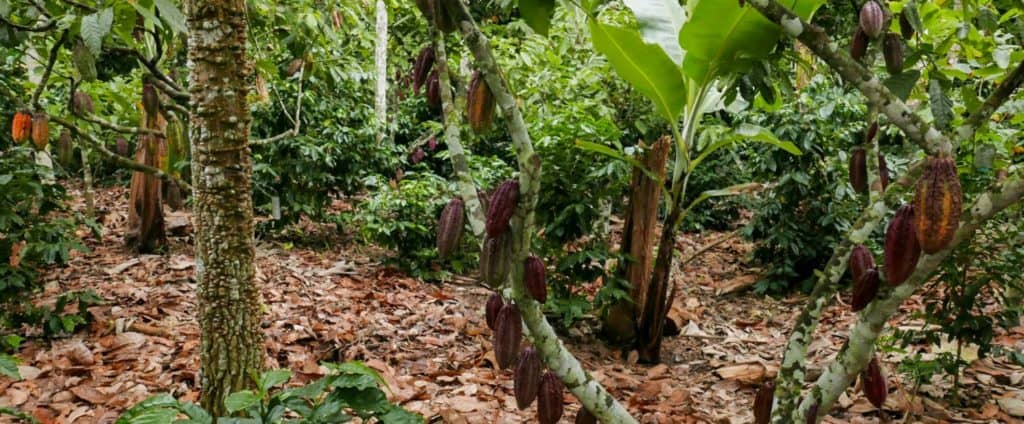
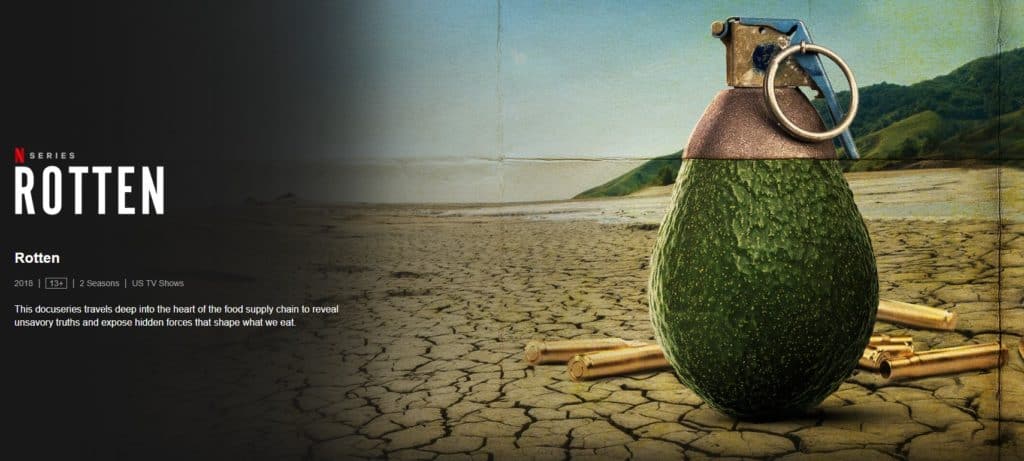
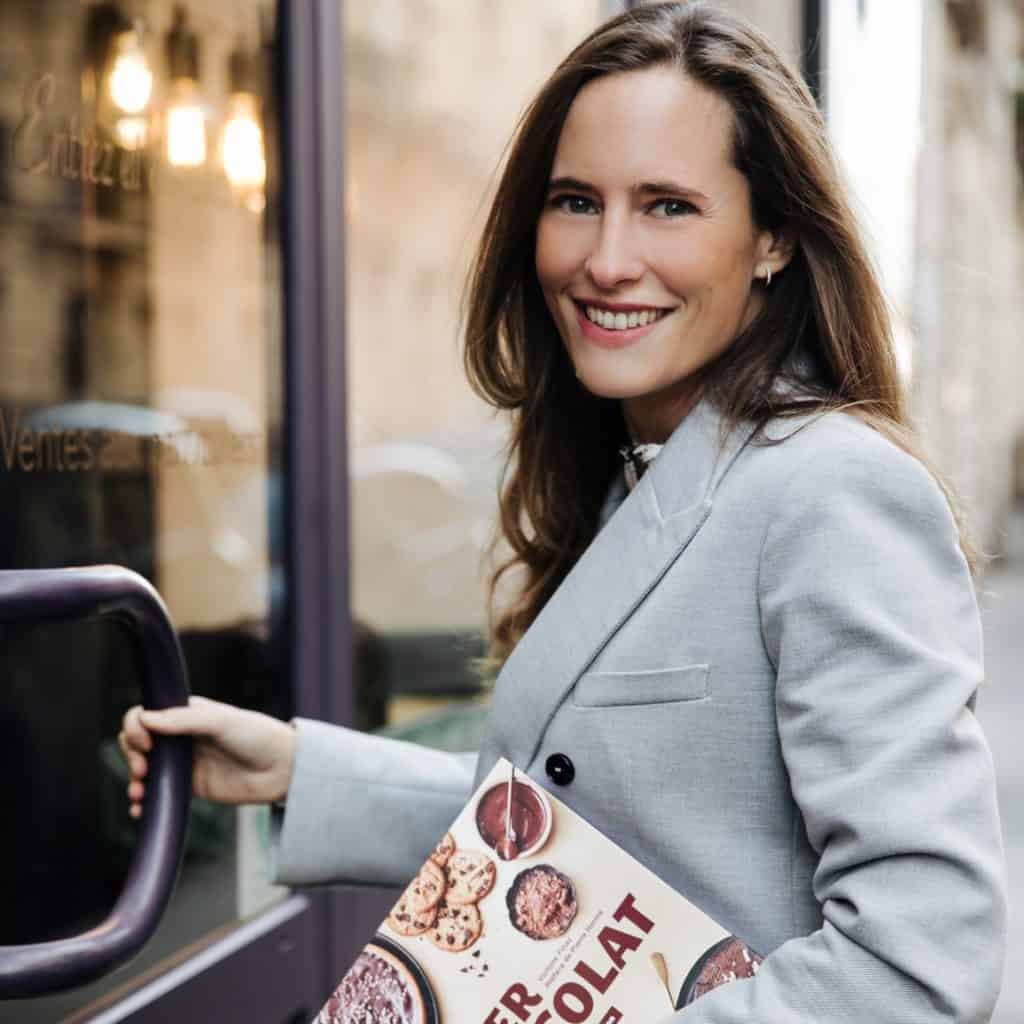 As the French chocologist
As the French chocologist  The
The  And so it came to be that a rare bean and a sacred bird with its five-coloured plumage appeared on the moodboards of the creative team in our communications studio, whose mission was to develop our logo and graphic charts for a lot of coff…no… chocolate. You can imagine that the result was a winged bean (graphic transposition of CrilloQuetzal) and that the five colours of the feathers of our mythical bird, red, green, blue, yellow and purple would become the colour codes of the five regions of origin of our exceptional chocolates …. ah creativity, what an amazing job and we thank them, especially for their foresight and leader
And so it came to be that a rare bean and a sacred bird with its five-coloured plumage appeared on the moodboards of the creative team in our communications studio, whose mission was to develop our logo and graphic charts for a lot of coff…no… chocolate. You can imagine that the result was a winged bean (graphic transposition of CrilloQuetzal) and that the five colours of the feathers of our mythical bird, red, green, blue, yellow and purple would become the colour codes of the five regions of origin of our exceptional chocolates …. ah creativity, what an amazing job and we thank them, especially for their foresight and leader